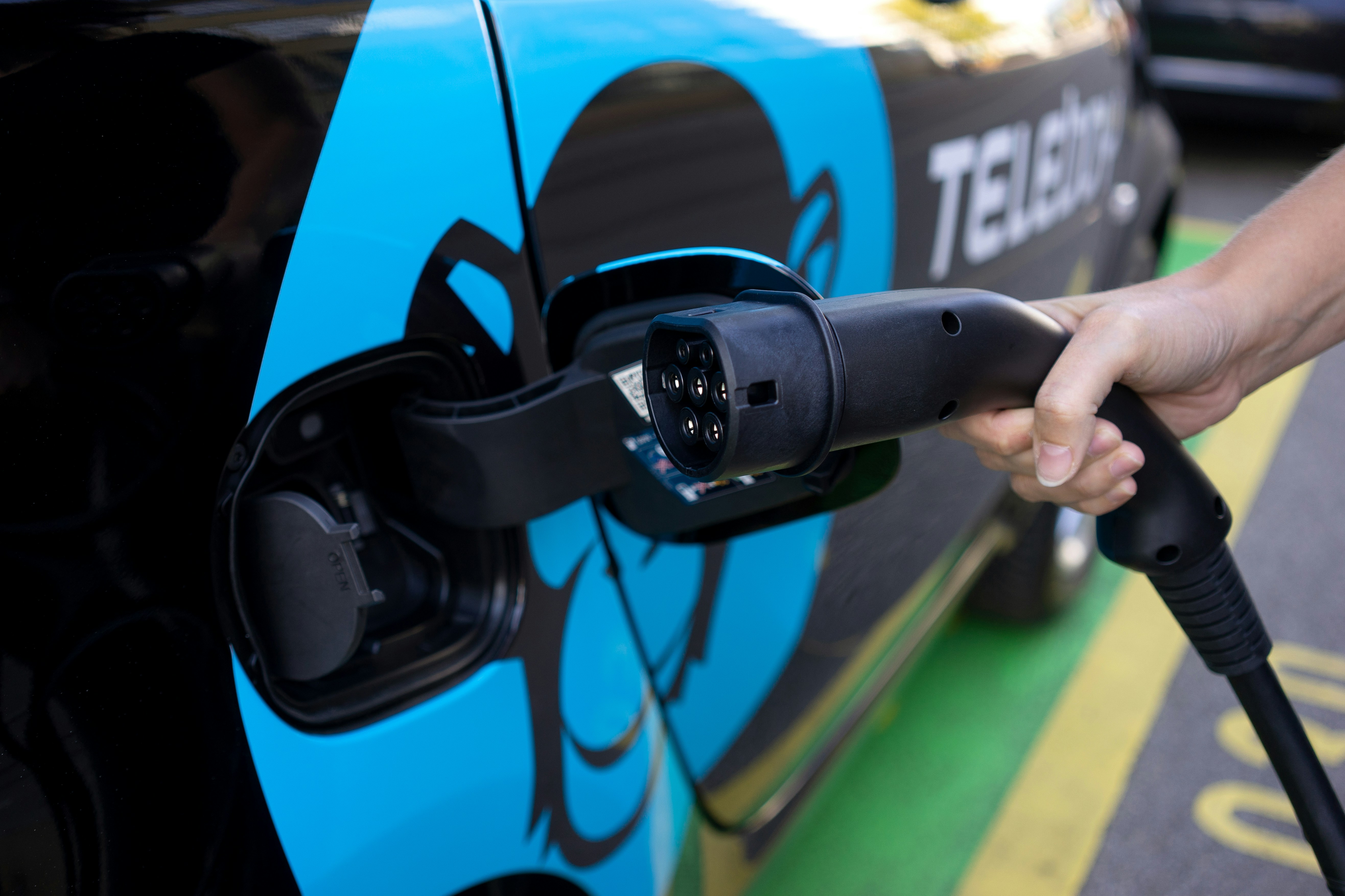Autumn Update: Car Oracle Breaks Down the 2023 Auto Market's Key Trends
Written By
Lewis C. Smith
Published
Oct 16, 2023
Stay ahead in car buying with insights on 2023 auto market trends. Car Oracle breaks down key shifts for informed decisions.
The Downward Shift in Average Vehicle Prices
Prices of new cars have seen a dip this year, according to an October 2023 update from Cox Automotive. If you purchased a vehicle in September 2023, the average price was down 3.4% from January 2023. With the average transaction price standing at $47,899 in September, this trend shows the market's response to increasing inventory and attractive incentive offers.
The United Auto Workers (UAW) strike in 2023 had a ripple effect on some of the most significant players in the industry. General Motors, for instance, curtailed its incentives in September, while Ford and Stellantis increased theirs. The reason? Inventory levels. GM’s inventory was considerably low compared to Ford and Stellantis, and this impacted their pricing strategy.
Luxury Cars – A Dive into Tesla’s Pricing
The luxury segment has seen some fluctuations in 2023. Overall, luxury vehicle prices decreased, with Tesla taking a lead in slashing prices. The Model 3's price plummeted by more than 26% from the previous year, settling at $41,484—putting Tesla’s pricing below some big names like Acura, Lexus, Infiniti, and Volvo.
It's also worth noting that while Tesla's aggressive price cuts are making waves, other luxury brands, such as Audi, Mercedes, and Porsche, are seeing their transaction prices go up. However, Tesla's approach seems to be setting a trend, as the overall luxury market leans towards reduced prices coupled with higher incentives.
Electric Vehicles (EVs) – An Era of Affordability?
Electric vehicles have been all the rage, especially with environmental consciousness on the rise. 2023 saw EV prices decline, mostly driven by Tesla’s pricing strategy. The average price for an EV in September stood at $50,683—a significant decrease from the $65,000 mark just a year ago. With more models being introduced and high inventory levels, EVs are becoming more accessible to the broader public.
Understanding Auto Incentives
Incentives have reached a two-year peak in September 2023. These offerings, designed to lure customers, reached an average of $2,368 per vehicle. Despite this recent increase, they remain historically lower compared to 2019 and 2020.
Car Oracle's Recommendations
It's evident that the car industry is in flux, with shifting prices, inventory changes, and evolving consumer choices. Whether you're considering an internal combustion engine vehicle, an EV, or a luxury model, understanding these market dynamics is crucial. Our CarOracle Auto Buying Program can further simplify this journey for you, offering personalized advice and ensuring you get the best deal.
In the ever-changing world of automobiles, staying informed and making savvy choices is the key. Let Car Oracle be your trusted guide in this exciting journey!















